Old Browser
This page has been recently translated and is available in French now.
Looks like you're visiting us from {countryName}.
Would you like to stay on the current country site or be switched to your country?


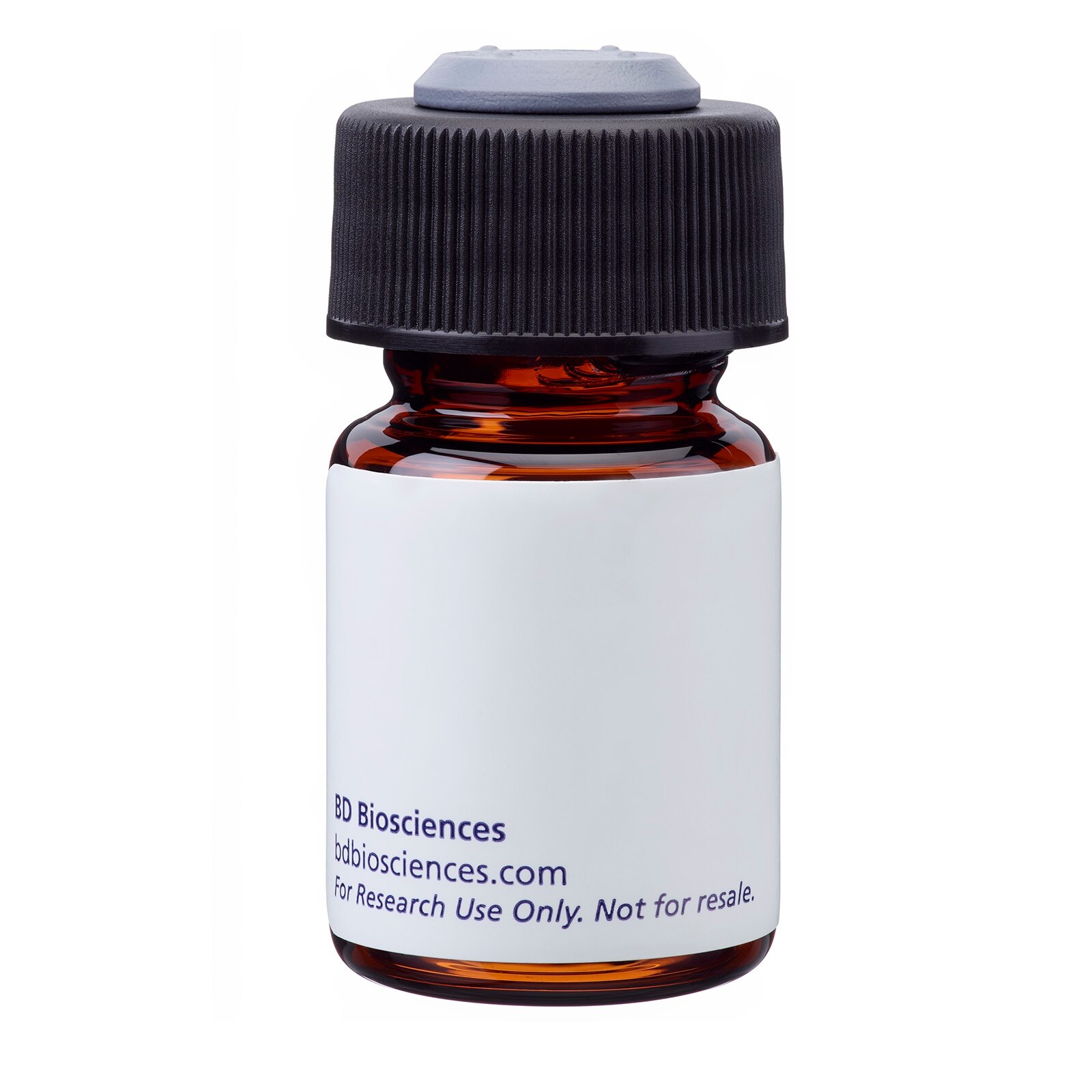

Flow cytometric analysis of Clec4A (CD367) expression on human monocytes. Whole blood was stained with either Alexa Fluor® 647 Mouse Anti-Human Clec4A (CD367)(Cat. No. 558220; bold line histogram) or Alexa Fluor 647 mouse IgG1, κ isotype control (Cat. No. 557714; thin line histogram). Erythrocytes were lysed using BD Pharm Lyse™ lysing buffer (Cat. No. 555899). Fluorescent histograms were derived from gated events with the side and forward light-scatter characteristics of viable monocytes. Clec4A expression is strong on monocytes and granulocytes (data not shown) and weak on lymphocytes (data not shown). Flow cytometry was performed on a BD FACSCalibur™ flow cytometry system.


BD Pharmingen™ Alexa Fluor® 647 Mouse anti-human Clec4A (CD367)

Regulatory Status Legend
Any use of products other than the permitted use without the express written authorization of Becton, Dickinson and Company is strictly prohibited.
Preparation And Storage
Product Notices
- This reagent has been pre-diluted for use at the recommended Volume per Test. We typically use 1 × 10^6 cells in a 100-µl experimental sample (a test).
- An isotype control should be used at the same concentration as the antibody of interest.
- Source of all serum proteins is from USDA inspected abattoirs located in the United States.
- Caution: Sodium azide yields highly toxic hydrazoic acid under acidic conditions. Dilute azide compounds in running water before discarding to avoid accumulation of potentially explosive deposits in plumbing.
- The Alexa Fluor®, Pacific Blue™, and Cascade Blue® dye antibody conjugates in this product are sold under license from Molecular Probes, Inc. for research use only, excluding use in combination with microarrays, or as analyte specific reagents. The Alexa Fluor® dyes (except for Alexa Fluor® 430), Pacific Blue™ dye, and Cascade Blue® dye are covered by pending and issued patents.
- Alexa Fluor® 647 fluorochrome emission is collected at the same instrument settings as for allophycocyanin (APC).
- For fluorochrome spectra and suitable instrument settings, please refer to our Multicolor Flow Cytometry web page at www.bdbiosciences.com/colors.
- Alexa Fluor® is a registered trademark of Molecular Probes, Inc., Eugene, OR.
- Please refer to www.bdbiosciences.com/us/s/resources for technical protocols.
Companion Products
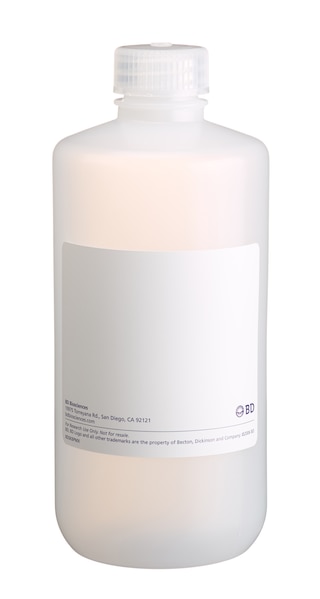
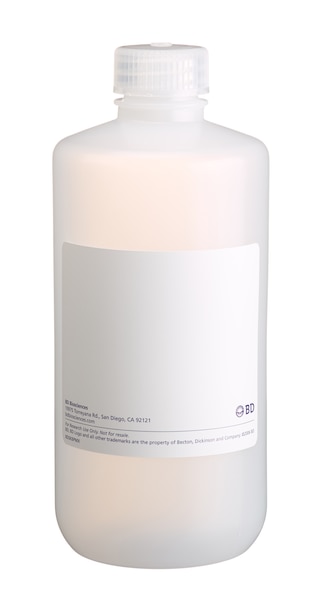
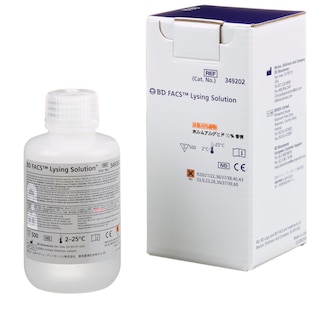
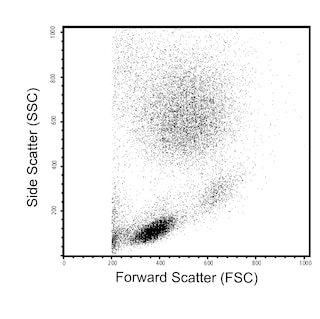
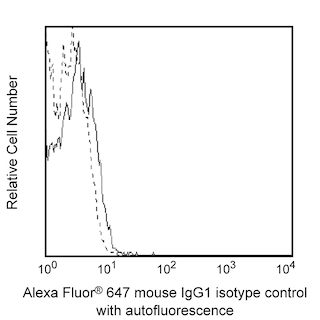
The I3-612 monoclonal antibody specifically recognizes DCIR (dendritic cell immunoreceptor) which is also known as CD367, or Lectin-like immunoreceptor (LLIR). DCIR is a type II transmembrane glycoprotein that belongs to the calcium-dependent (C-type) lectin family. It is encoded by CLEC4A (C-type lectin domain family 4 member A). The extracellular region of DCIR contains a single carbohydrate recognition domain (CRD) while its cytoplasmic region contains an immunoreceptor tyrosine-based inhibitory motif (ITIM). DCIR functions as an inhibitory receptor that can recruit intracellular SHP-1 and SHP-2 phosphatases upon extracellular ligand binding. DCIR is expressed on monocytes, macrophages, dendritic cells, granulocytes, and B cells, but not on NK or T cells. Clec4A is strongly expressed on dendritic cells derived from peripheral blood monocytes cultured in the presence of GM-CSF and IL-4. Downregulated expression of DCIR is observed on these cells when inducing further maturation using TNF or lipopolysaccharide (LPS).
Development References (3)
-
Bates EE, Fournier N, Garcia E, et al. APCs express DCIR, a novel C-type lectin surface receptor containing an immunoreceptor tyrosine-based inhibitory motif.. J Immunol. 1999; 163(4):1973-83. (Biology). View Reference
-
Kanazawa N, Okazaki T, Nishimura H, Tashiro K, Inaba K, Miyachi Y. DCIR acts as an inhibitory receptor depending on its immunoreceptor tyrosine-based inhibitory motif.. J Invest Dermatol. 2002; 118(2):261-6. (Biology). View Reference
-
Watchmaker PB, Lahl K, Lee M, et al. Comparative transcriptional and functional profiling defines conserved programs of intestinal DC differentiation in humans and mice.. Nat Immunol. 2014; 15(1):98-108. (Clone-specific: Flow cytometry). View Reference
Please refer to Support Documents for Quality Certificates
Global - Refer to manufacturer's instructions for use and related User Manuals and Technical data sheets before using this products as described
Comparisons, where applicable, are made against older BD Technology, manual methods or are general performance claims. Comparisons are not made against non-BD technologies, unless otherwise noted.
For Research Use Only. Not for use in diagnostic or therapeutic procedures.
Report a Site Issue
This form is intended to help us improve our website experience. For other support, please visit our Contact Us page.